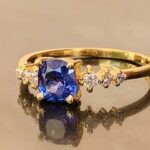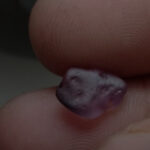
The Metals used to make your jewelry!
Metals have been used in jewelry making across the globe since almost the beginning of

Metals have been used in jewelry making across the globe since almost the beginning of

Silent in the glance.. yet empowering… Providing the wielder, that desired touch of magic…. “You

A pink sapphire. All those indents at the surface must be sloughed off. Notice how